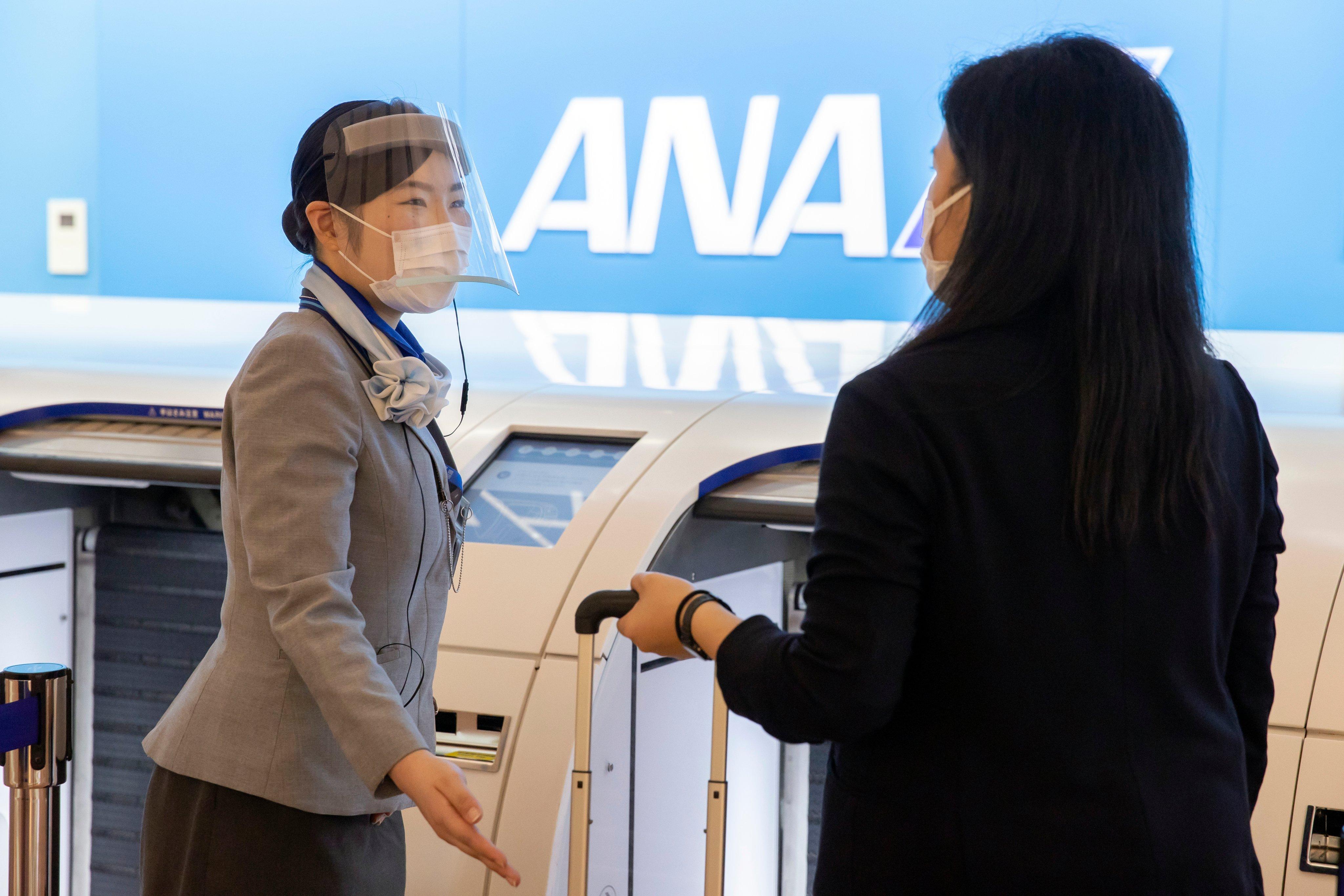Asia-Pacific Could Lead IATA Initiatives; Governments Cautious | IATAが提唱する渡航制限緩和を、アジア太平洋地域が主導する可能性; 政府は未だ慎重姿勢

アジア太平洋地域の航空各社は、各国政府に対して渡航制限の緩和に関する多国間協議を働きかけていることから、IATAではアジアが制限緩和を先導していくことになると考えている。
IATAの年次総会後に行われた地域メディア向けのブリーフィングで、IATAの地域担当副会長・Conrad Clifford氏はAviation Dailyに対し、当初はヨーロッパが「e-travel pass」のような新しい取り組みを実践し、国境開放に向けた動きを主導できると考えていたと語った。しかし、ヨーロッパを襲った第2波により数ヶ月で陽性者数が急増した一方、アジアでは感染状況が比較的コントロールされているため、シンガポール・香港間の旅行バブルが中断されている中でも、アジアが渡航制限の緩和を主導できる可能性を秘めていると彼は考えている。
また彼は、制限緩和に向けてIATAとICAOが合同で、各国政府や保健機関の対話を促すオンラインセミナーを開催し、国境開放や検査システムの策定についての協議を後押ししていると述べた。直近では11月4日にアジア太平洋地域の9カ国向けに開催され、「進捗は順調」だという。
さらに、ワクチンが認可され広く普及するには長い時間を要することから、政府や航空会社がワクチンだけに頼ることはできないと彼は付け加え、隔離よりも検査を重視するよう政府に再度求めた。ただし、検査に100%の精度を求めることはできないことも彼は認めている。
一般的に、保健機関は国境を閉鎖することでウィルスの侵入を完全に遮断することを望むが、それよりも航空業界で一般的なリスク管理型アプローチを採るべきだとし、政府は入国者の陽性者数をモニターし、閾値を設定するべきだと同氏は話す。
IATAによると、国際線マーケットの中ではアジア太平洋地域が最も低調で、未だ2019年の5%程度の水準にある。最新の財務見通しでは、同地域は今年317億ドルの損失を計上し、2021年にはある程度の回復で緩和されるものの、75億ドルの損失を計上することになるとIATAは予想している。今後の見通しとしては、政府や業界が雇用と産業を守るため、最近の大韓航空とアシアナ航空の合併のような形で、各国内での統廃合が進むとClifford氏は予想している。
Aviation Week Intelligence Network (AWIN) のメンバーシップにご登録いただくと、開発プログラムやフリートの情報、会社や連絡先データベースへのアクセスが可能になり、新たなビジネスの発見やマーケット動向を把握することができます。貴社向けにカスタマイズされた製品デモをリクエスト。
IATA believes that the Asia-Pacific region could lead on its initiatives to revive air traffic and is calling on governments to implement them as the airline body continues to hold multilateral talks.
Speaking at a regional media briefing following the IATA annual general meeting (AGM), IATA regional VP for Asia-Pacific Conrad Clifford told Aviation Daily that IATA initially believed Europe could “lead the way” in opening up borders and implementing IATA’s new initiatives like its e-travel pass. However, the European continent was struck by another surge in cases in recent months, hampering progress.
With the pandemic relatively under control in Asia, Clifford believes the region has the opportunity to shine—despite the much-anticipated Singapore-Hong Kong travel bubble being suspended on Nov. 21.
In a bid to remove silos, Clifford said IATA is working alongside ICAO to organize global and regional webinars with governments and health agencies to discuss opening borders and setting up testing regimes. The most recent was held on Nov. 4, attended by representatives from governments in nine Asia-Pacific countries. Efforts are “moving along well,” Clifford reported.
Governments and airlines cannot fully rely on vaccines, Clifford said, as it will take significant time for the vaccines to be certified and widely available to everyone. With this in mind, Clifford again urged governments to implement testing to eliminate the need for quarantines; although he did acknowledge that 100% reliability in testing is not achievable.
Clifford said many health agencies wish to completely eradicate the virus by shutting borders. The alternative, he argued, should be a managed-risk approach—familiar to the aviation sector—and governments should set thresholds and be prepared for some positive cases to arrive in their countries.
IATA said Asia-Pacific remains the worst performing market in terms of international traffic, at around 5% of 2019 levels. In the latest revised financial outlook, IATA expects the region to post $31.7 billion in losses for 2020 and $7.5 billion in 2021, cushioned by some recovery. Looking ahead, Clifford expects some consolidation within countries, such as the recently announced Korean Air-Asiana merger, in a bid by governments and the industry to save jobs and keep the sector alive.